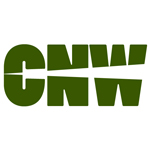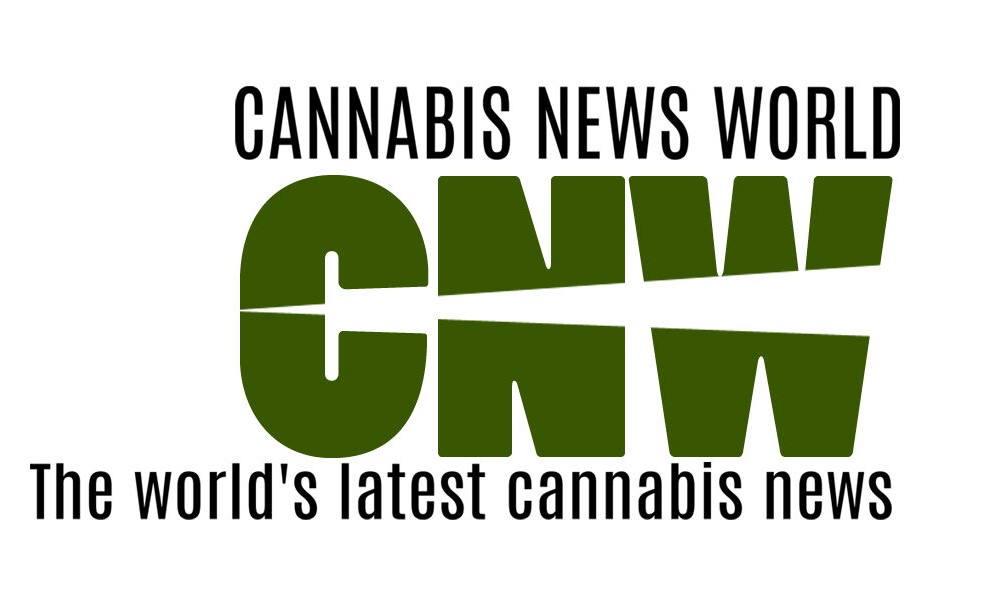From Secret Code to Dictionary: Cannabis Language Goes Mainstream
Language is a living entity, constantly shaped by culture, technology, and social change. Nowhere is this more apparent than in the evolution of slang, where subcultures develop their own lexicon. For decades, cannabis culture relied on a "secret language" born from necessity and discretion [Source 1]. Today, as legalization spreads and social attitudes shift, that once-coded vocabulary is stepping out of the shadows and into the mainstream-even earning a place in the pages of our most respected dictionaries.
This linguistic journey mirrors the normalization of cannabis itself, transforming from a clandestine activity into a multi-billion dollar industry and a recognized wellness tool. The words we use to talk about it have followed suit, moving from hushed whispers to bold hashtags and official dictionary entries.
A History Written in Code
For much of the 20th century, the illegality and stigma surrounding cannabis forced users to develop a coded dialect. This slang served a dual purpose: it fostered a sense of community among those in the know while simultaneously creating a barrier to comprehension for law enforcement and the uninitiated.
Older generations might recall terms like "reefer," "pot," "grass," and "Mary Jane." These words were designed to be discreet, allowing for conversations about the substance in plain sight without raising suspicion. Each term carried its own cultural baggage and historical context, from the jazz-era associations of "reefer" to the counter-culture vibes of "pot" in the 1960s.
The code extended beyond simple nouns for the plant. Phrases were developed to describe everything from the act of consumption to the quality of the product. This linguistic secrecy was a critical survival tool for a subculture operating on the fringes of society.
Legalization Unlocks a New Vocabulary
The wave of cannabis decriminalization and legalization that has swept across North America and other parts of the world has been the single most significant catalyst in changing this language. As cannabis moved from back alleys to licensed storefronts, the need for secrecy diminished, and the language began to evolve in a new direction: commercial, scientific, and sophisticated.
This shift gave rise to a new professional lexicon:
- Dispensary: A legal, retail storefront for cannabis products.
- Budtender: A knowledgeable staff member who advises customers on products.
- Cultivar: The preferred term over "strain" in professional circles, referring to a specific plant variety bred for desired traits.
- Cannabinoids and Terpenes: Scientific terms for the chemical compounds in cannabis (THC, CBD) and the aromatic oils (terps) that determine a cultivar's effects and flavors.
These terms reflect the industry's effort to legitimize itself and move toward a more educated, consumer-focused model. The conversation has shifted from "got any grass?" to "which cultivar has a terpene profile that's good for anxiety?" This new vocabulary signals a mature industry, far removed from its underground roots.
Making It Official: From Slang to Dictionary Entry
Perhaps the most definitive sign of cannabis language's mainstream acceptance is its inclusion in official dictionaries. Lexicographers, the gatekeepers of language, add words not based on propriety but on evidence of widespread and sustained use. In recent years, several cannabis-related terms have met this criterion.
The Oxford English Dictionary (OED), for example, has an entry for "420," recognizing its global significance as a slang term for cannabis consumption, particularly around the time 4:20 p.m. and the date April 20th [Source 3]. The OED notes its origins with a group of California high school students in the 1970s, tracing its journey from a private joke to a global cultural phenomenon.
Similarly, Merriam-Webster has added words that, while not exclusively about cannabis, owe their modern popularity to the culture.
- Dank: Once meaning "unpleasantly moist," it is now officially recognized with its slang definition: "of excellent quality," commonly used to describe potent, high-quality cannabis [Source 2].
- Vape: Recognized as both a noun and a verb, its entry into the dictionary was a direct result of the explosion in the popularity of vaporizer technology for both nicotine and cannabis consumption.
- Cannabusiness: A portmanteau of "cannabis" and "business," this word's inclusion acknowledges the legitimacy and scale of the legal cannabis industry.
The entry of these words into the dictionary signifies a point of no return. They are no longer just slang; they are a documented part of the English language, reflecting a profound shift in societal norms.
Youth Culture and the Digital Echo Chamber
While legalization opened the door, the digital age and modern youth culture blew it wide open. Platforms like TikTok, Instagram, and Reddit now serve as incubators and accelerators for new cannabis terminology, spreading neologisms around the globe in an instant.
This digital evolution is happening at a pace far quicker than ever before. Terms that bubble up in niche online communities can become mainstream in a matter of weeks. Words like "zaza" (a term for exotic, high-end cannabis) and phrases like "terp-chasing" (seeking out products with specific flavor profiles) are born and popularized in these spaces.
The language is also becoming more nuanced, reflecting a deeper understanding of the plant. A conversation on a Reddit forum like r/trees or a TikTok video might delve into the specific effects of minor cannabinoids like CBG or CBN, topics that were the exclusive domain of scientists just a decade ago. This reflects a generation of cannabis users who are more educated and curious than any before them, using language to explore and define their experiences with precision.
As noted by cultural commentators, this constant linguistic innovation is a hallmark of modern youth culture [Source 1]. The secret language of cannabis is not so secret anymore; instead, it has become a dynamic and public marker of cultural trends, accessible to anyone with a smartphone. It’s a language of connoisseurship, wellness, and community, spoken openly and evolving daily.

